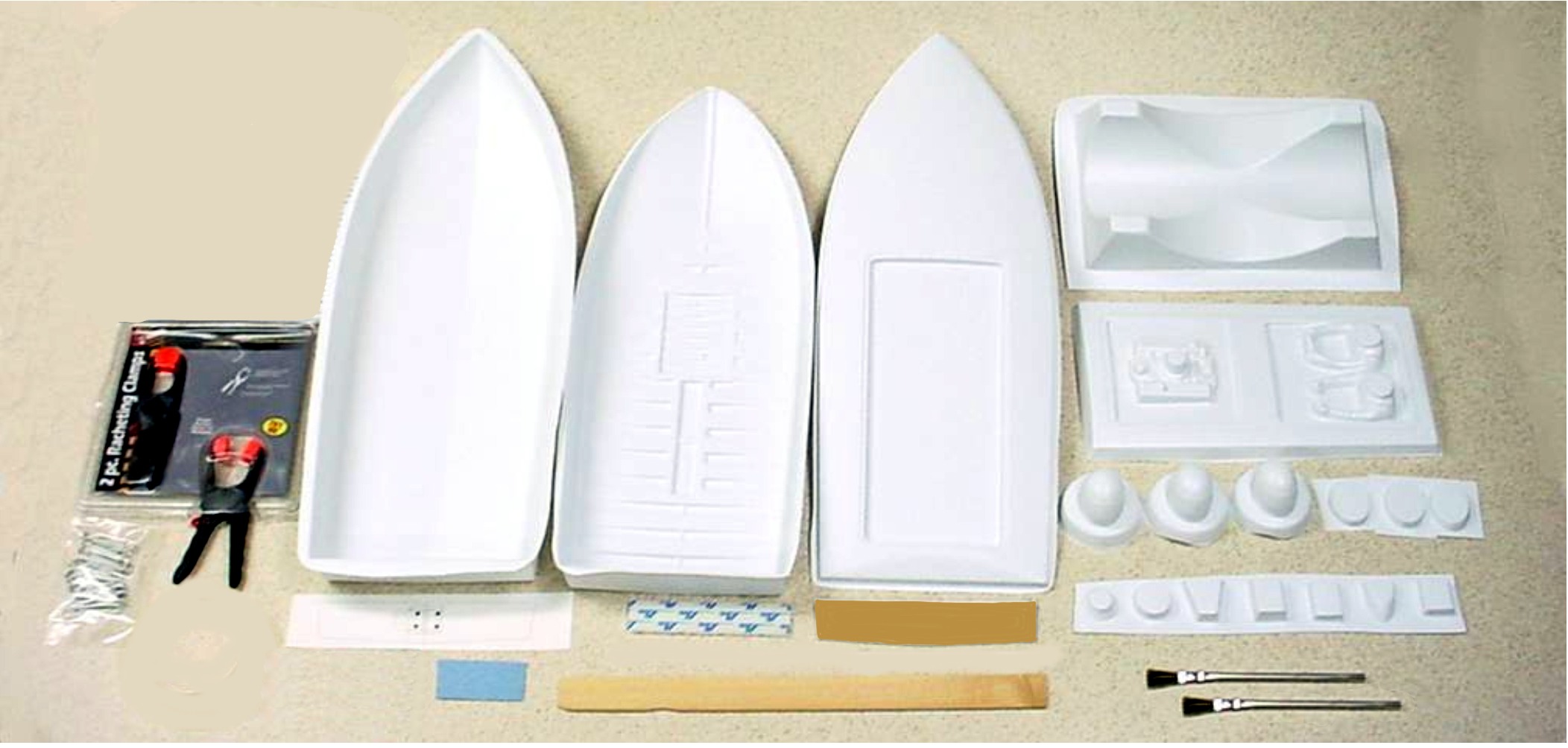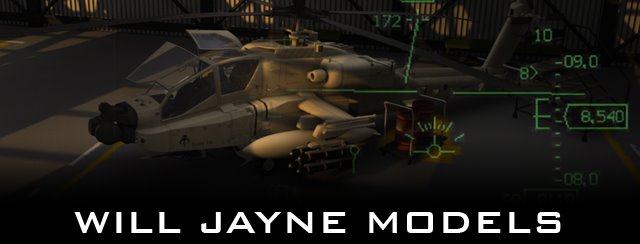Plastic Injection Kit:
These are by far the most common type of kit. These are produced by larger companies that can afford the huge overhead costs of producing steel injection moulds to mass manufacture kits. Here is an example of a typical injection moulded kit, a Vought Corsair in 1:72nd scale by Revell:
The most distinctive features of this type of kit are the sprues that hold the parts in place and the shell style parts. Plastic kits usually have higher numbers of parts than other kit types, this is due to the difficulty of moulding solid parts in steel as the mould has no flexibility and undercuts are all but impossible to mould. The sprues are the channels in which the molten polystyrene plastic is injected into the mould at high pressure. This either forces air out or compresses bubbles down to very small sizes. This casting technique has the advantage of keeping all the parts together on a relatively flat packed shape, making packaging and transport economical to to the small size and low weight of the boxed kit.
Examples of the largest and most successful plastic kit manufacturers include Revell, Games Workshop, Airfix, Trumpter, Dragon, Hasegawa and Testors. Links are included on the right hand list.
Resin Kits:
These are quite similar to plastic kits in many ways, but have fundamental differences. Resin kits tend to be of more obscure and specialised subjects that are not in huge demand. Because the costs of producing resin kits are lower than plastic kits, not as many models have to be sold to make a profit and so more specialised and lower volume kit runs can be made. This is evident in the flourishing after market parts for plastic kits industry, as the resin upgardes can be used to augment a plastic kit that could not include the parts originally. Resin parts can be very complex, as the sillicone used in the moulds allows huge undercuts and a wealth of surface detail. This means that whole parts can be cast with relative ease, unlike a plastic kit. However this often causes larger parts to become very heavy and use large amounts of resin, as the shell style components are more difficult to mould. Due to this, resin kits are usully around three times the price of a similar plastic kit on the market. However because of the specialist nature of the models competition is usually low, so competeing on price is rare. Plastic kit manufacturers more ferquantly compete on price, while resin manufactureres compete of quality. A major develpoment in the resin kit industry is the introduction of rapid prototyping which has lead to very high quality masters with a huge level of detail, the same is true of the plastic kit industry.
Successful Resin Kit manufacturers include Forgeworld, Combrig and Verlinden among others. Below is a squad of resin figurines produced by forgeworld.

Vac Formed Kits:
This type of kit is becoming rarer and rarer as the quality of other kit types improve and they become more affordable. Vac formed kits suit larger scale models, and the most common vac formed kits now are for radio controlled ship models as it is an affordable alternative to glassfibre models in the same scale.
However, many kits of smaller scales have been made. As the hobby has evolved, these kits have bome less popular with smaller scale modellers due to the difficulty in building them and the lower levels of detail compared to other model types in the same scale.
Most small scale vac form kit manufacturers have fazed out of production, however many large scale model kit makers still govern a large part of the indurstry. They include Robbe, Graupner, Billing Boats and Wattage among others. Below is a 1:10 scale model vac-formed powerboat kit.

For the production of the Kosmonaut Yuri Gagarin, Resin manufacture is the only realistic choice. So the masters will be designed with this manufacturing process in mind.


1 comment:
So good to see this kit. Nice illustration work for product designing. Like to read more updates.
dean graziosi
Post a Comment